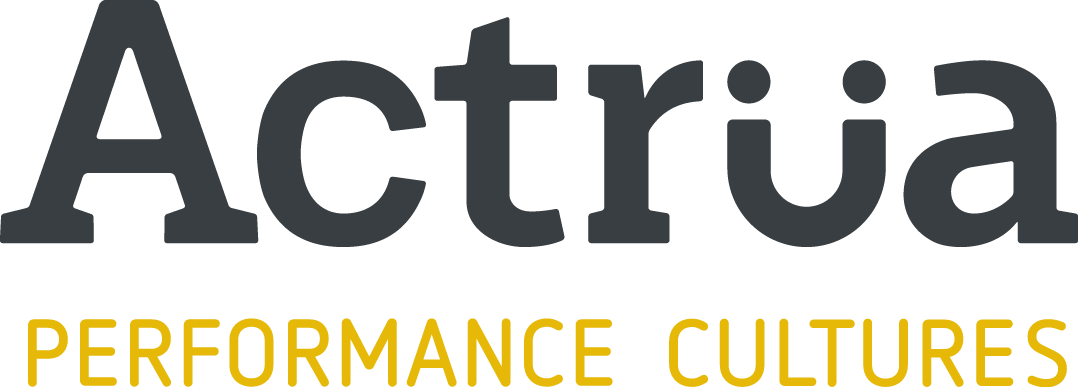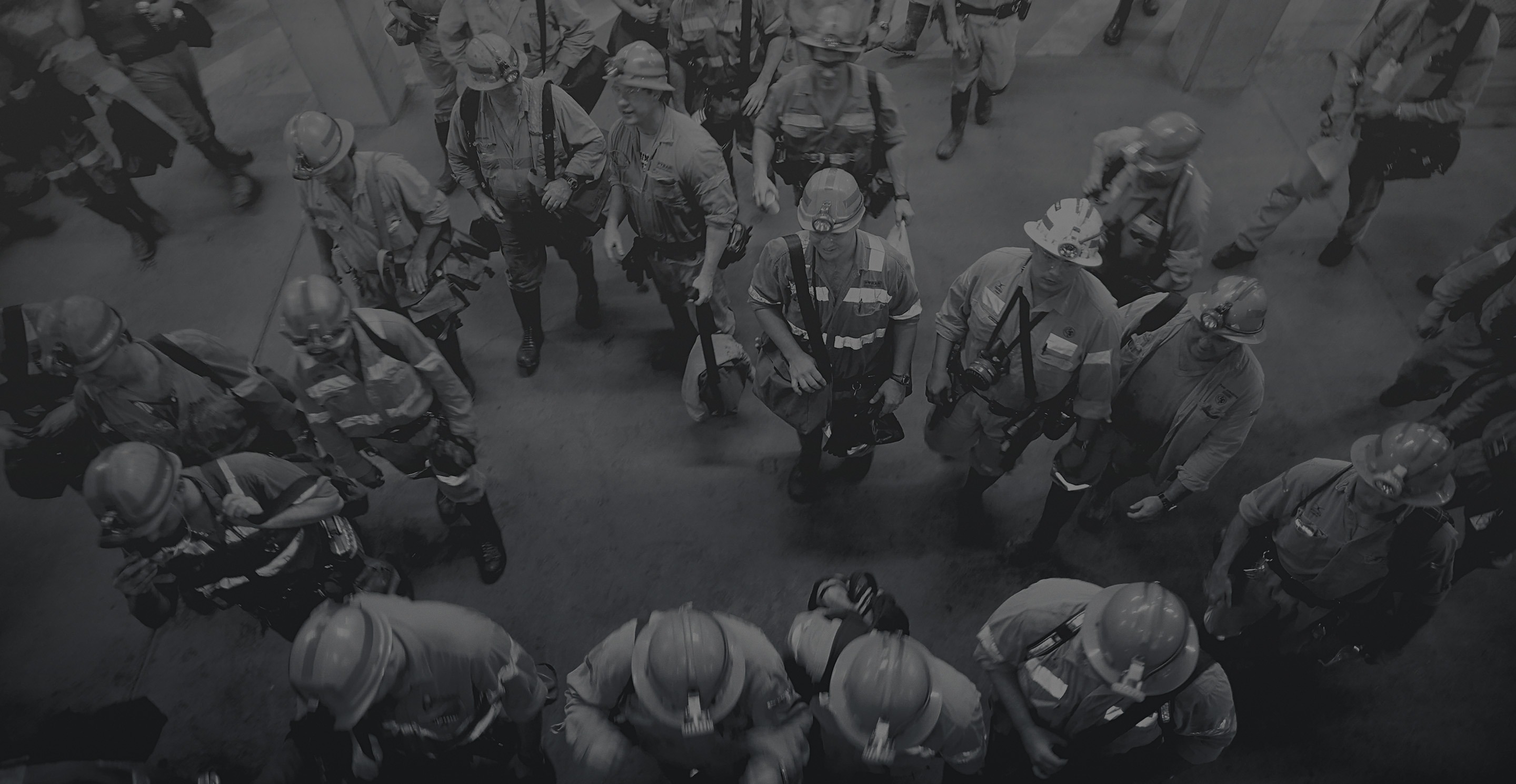What is your leadership legacy? What is it that you would like people to remember you for? Personally, I think there is no greater legacy that playing a leadership role in developing the next generation of safety leader. The world of work is changing fast and that has significant implications for both leadership and safety. Our young leaders will benefit from our support, wisdom and guidance.
There are many who might advocate a sink or swim approach. After all, I have heard plenty of people talk about how it worked in their day. Really? It just makes no sense. It is unfair, unsafe and unproductive.
The research tells us that there has been a significant under-investment in frontline leadership development for a long time now. As a consequence, there are many young leaders in the workplace that are struggling. They are doing their best and you cannot fault their work ethic, because they are working extremely hard – perhaps too hard in many cases.
This has many ramifications for the workplace. Firstly, if a leader is struggling you can bet their team is too. This is going to result in a loss of productivity, efficiency and this is likely to flow onto their work practices. Unsafe practices will follow.
When we refer to a Safety Leader, there is two very different roles that come to mind. The first is the person responsible for leading the safety function. The second is the line or operational leadership role that has responsibility for leading a team of people. Typical accountabilities for line leaders include outcomes associated with production, quality, cost and safety. Ultimately it is the Line Leadership that has primary accountability for the safety of their people, not the functional role. For the purposes of this article, we will focus on the line / operational leadership role.
When we conducted research for our article “The Best Safety Leaders I Know” our team spoke with many operational and functional safety leaders to identify the handful of characteristics that make a great Safety Leader. They identified five key characteristics that have the greatest impact:
- They plan work well.
- They care.
- They engage with people and influence others.
- They demonstrate visible leadership. Walking the Talk.
- They have the courage to act.
At Actrua, we believe that effective leadership requires a combination of both leadership mindsets and skillsets. Mindsets are the attitudes and beliefs that we hold that influence our thinking and ultimately our behaviour and actions. Skillsets are a little more tangible, and will typically involve learning a method or process that the individual can apply. Both are very important for leadership success and the reality is most leadership work involves the engagement of both mindset and skillset.
When we look at the list of characteristics above, we see that both mindset and skillset are strongly represented. Planning, engaging, influencing and leading all have an element of both. Whereas, care and courage are clearly mindsets. Just like skillsets, mindsets can be developed and improved. They are not fixed.
How do leaders learn and develop? It is generally accepted that the approach to development for a leader can be broken into three major areas:
- Learning on the job
- Learning through others (social learning)
- Formal learning
You may have come across the 70/20/10 model of leadership development published by Lominger in the early 1990’s. Many organisations use it and intuitively it makes sense. It suggests that development for a leader follows an approximate ratio of 70% on-the-job, 20% through others (social learning) and 10% through formal learning. However, we do need to be cautious about how we interpret and apply this model because it was based on a sample size of only 191 executives and it was developed in a different time, nearly 25 years ago. The workplace has changed a lot since then.
I have two major reservations about the 70-20-10 model. Firstly, it is very easy to devalue the role of structured leadership development programs. After all, it only contributes 10%. Many of us would also equate formal learning to a School classroom or University lecture environment. A teacher “talking to” or “telling” the class. This is not leadership development. A good leadership development program is actually designed to leverage all three elements of the model. It should involve leaders from the business, peer learning, coaches and application on the job.
My second reservation is that in the wrong work environment, the 70% on-the-job development could feel a lot like the “sink or swim” principle we mentioned earlier. Especially if the other 30% of development is not being supported. Also known as “The School of Hard Knocks”, in this environment if sub-optimal leadership practices are not being corrected, then it is likely that they are being reinforced through continued use.
The ideal environment to support leadership development will offer:
- some great leadership role models to observe,
- a manager who is willing and able to provide coaching and feedback,
- the opportunity to try new things and occasionally make mistakes,
- a culture that supports development.
But we know that most workplaces today are quite lean, they are fast-paced and leaders have limited time and capacity to invest important time to the development of team members.
Rather than focus on the percentages at all, I believe it is more important that we are focusing on quality rather than quantity. As previously mentioned, a high quality leadership development program leverages all three learning methods. For instance, coaching and on-the-job application of learning would be integrated and purposefully linked to the development goals of the program.
Returning to the top five characteristics of a Safety Leader, how do we support our next generation to develop these skills? Firstly, I believe we need to be clear about our expectations of our safety leaders. How do you define the expectations of Safety Leadership in your business?
Secondly, a priority needs to be placed on planning. Good planning equals good safety. If we focus more on the inputs, we will get the desired outputs we are seeking which is safer, more productive work. Good planning involves effective management systems and processes. Leaders and workers also need to receive adequate training and development in the planning processes. Importantly, this should also address who has the authority to stop the job?
The ability to engage, influence and demonstrate visible leadership can be learned through good leadership development programs, that also include on-the-job application and coaching support. These skills will also be learnt through good role models in the workplace. Coaching in the moment is extremely powerful because it provides relevant and timely feedback when it matters. Coaching is certainly an essential skill for all leaders.
Last, but certainly not least, are care and courage. These are more difficult characteristics to develop. Ultimately both care and courage are fostered through a performance culture. Does your culture value care and courage? Do your leaders role model care and courage? Do we select and promote leaders based upon their ability to lead with care and courage?
Developing our next generation of safety leaders is the responsibility of the leaders of today.








